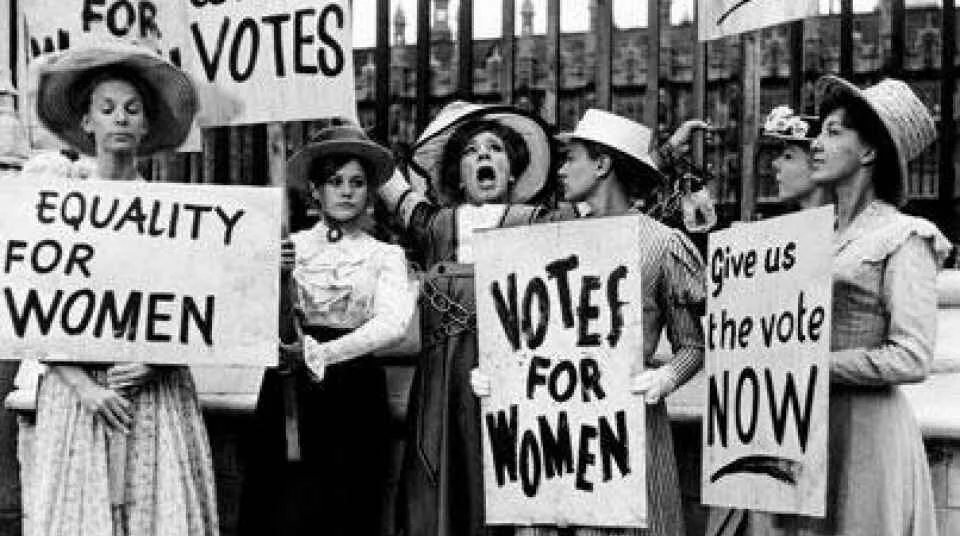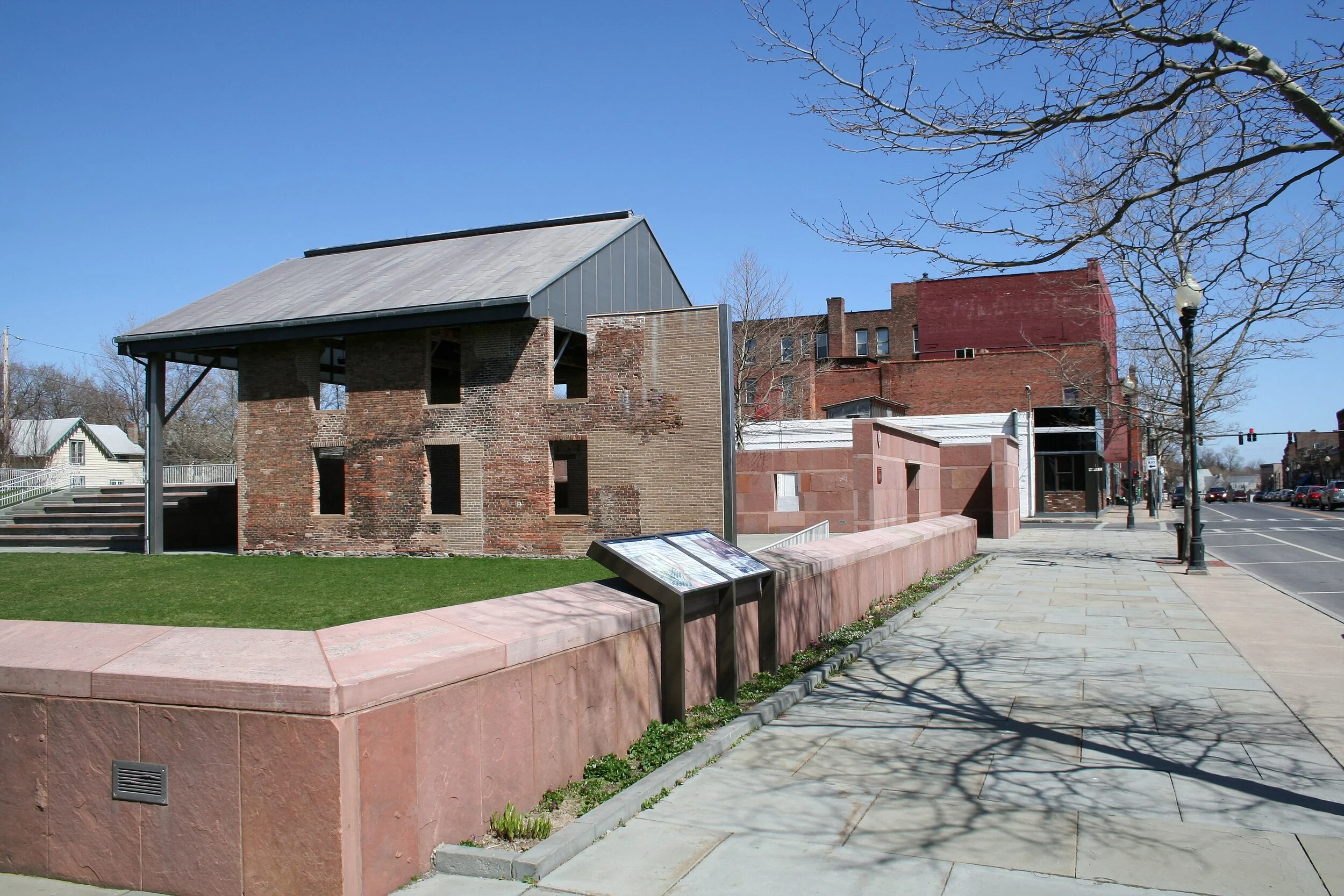Myth-Busting Women’s Suffrage
The 100th anniversary of the Nineteenth Amendment’s ratification provides an occasion to reflect on the history of women’s voting rights in the United States. But rather than celebrate, we should commemorate the event by reflecting on a process that is far more complicated — and incomplete — than popular mythology about suffrage suggests.
Here are some myths and realities about women’s suffrage.
Myth: The Nineteenth Amendment, which stipulates that “The right of citizens of the United States to vote shall not be denied or abridged by the United States or by any State on account of sex” gave American women the right to vote.
Reality: No one gave women the right to vote, like a cookie. Women won that vote, through decades of grassroots organizing, petitioning, protest, civil disobedience, fundraising, lobbying, and persuasion of all kinds. To ensure ratification of the Nineteenth Amendment, they worked relentlessly, state by state and at the federal level, to convince male state legislators and national political leaders to support women’s suffrage. The formal right to vote has never been enough, however, to guarantee that all eligible citizens could exercise that right. From the early nineteenth through the late twentieth century, activists have persistently fought against racism, xenophobia, and sexism to lift restrictions on voting and expand access to full citizenship rights.
Myth: The suffrage movement began at the Seneca Falls Women’s Rights convention in upstate New York in 1848 and comprised mostly white women.
Reality: The movement for women’s voting rights encompassed a whole series of meetings, conventions, and petition drives that involved African American, Native American, Mexican American, and white activists. It began before 1848 and continued into the modern civil rights era. Despite efforts by many white women’s suffrage leaders to sideline African American leaders, the broader movement was multigeneration, cross-class, international, and racially diverse.
Myth: Women in the United States could not vote before ratification of the Nineteenth Amendment.
Reality: Many women voted in all kinds of elections before 1920. Because our federal system allows each state to set its own laws concerning election procedures and voting rights (within limits), men’s and women’s access to the ballot varied dramatically depending on where they lived.
New Jersey somewhat accidentally left the door open to women’s enfranchisement in the first version of its state constitution. When white, property-owning women started showing up at the polls alongside white, property-owning men in late-eighteenth-century elections in that state, male legislators decided they needed to be a bit more specific in the limitations they set on the franchise. By 1807, New Jersey had formally written women out of the franchise. But women’s rights reformers and their allies fought state by state, and by 1920, women had either partial (federal but not state or local) or full voting in 27 states and the Alaska Territory.
Myth: The Nineteenth Amendment gave the vote only to white women.
Reality: African American women living in many northern and Western states could vote, to the extent that other women could vote, prior to the Nineteenth Amendment’s ratification.
Yet for African American activists, the cause was not “suffrage,” which they associated with white women’s pursuit of formal equality. Rather it was voting rights for all African Americans, including men who – despite the promise of the Fifteenth Amendment’s guarantee of the franchise to all male citizens – were almost entirely disenfranchised throughout the Jim Crow South by the late nineteenth century.
Myth: Thanks to the valor and sacrifice of women long ago, women’s voting rights today are secure.
Reality: We could not have starker evidence of the ongoing threats to voting rights in our time than the presidential administration’s overt assault on the U.S. Postal Service at the same time voters are overwhelmingly relying on mail-in ballots to avoid infection with COVID-19. Voting rights for all Americans are imperiled by this scheme to make voting harder.
If the two-century-long struggle for voting rights in this country teaches us anything, it is that these rights are not given to us. We must fight for and protect them.
Rebecca Davis is the Miller Family Early Career Professor of History at the University of Delaware. She lives in Swarthmore.
Select historical sources used here and recommended for further reading:
Cathleen D. Cahill, “Recasting the Vote: How Women of Color Transformed the Suffrage Movement” (2020)
Martha Jones, “Vanguard: How Black Women Broke Barriers, Won the Vote, and Insisted on Freedom for All” (2020)
Lisa Tetrault, “The Myth of Seneca Falls: Memory and the Women’s Suffrage Movement, 1848-1898” (2014)
Susan Ware, “Why They Marched: Untold Stories of the Women Who Fought for the Right to Vote” (2019)
Elaine Weiss, “The Woman’s Hour: The Great Fight to Win the Vote” (2019)



